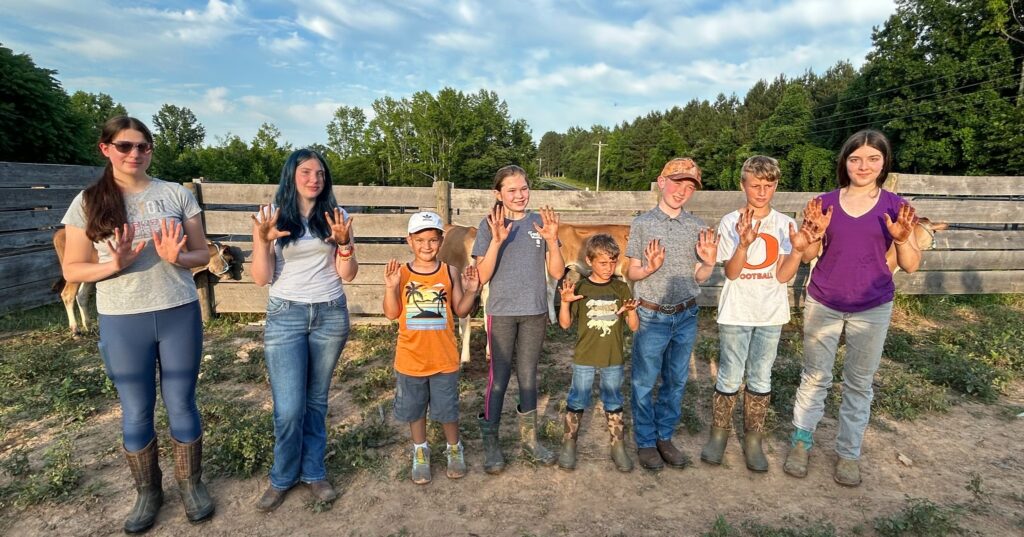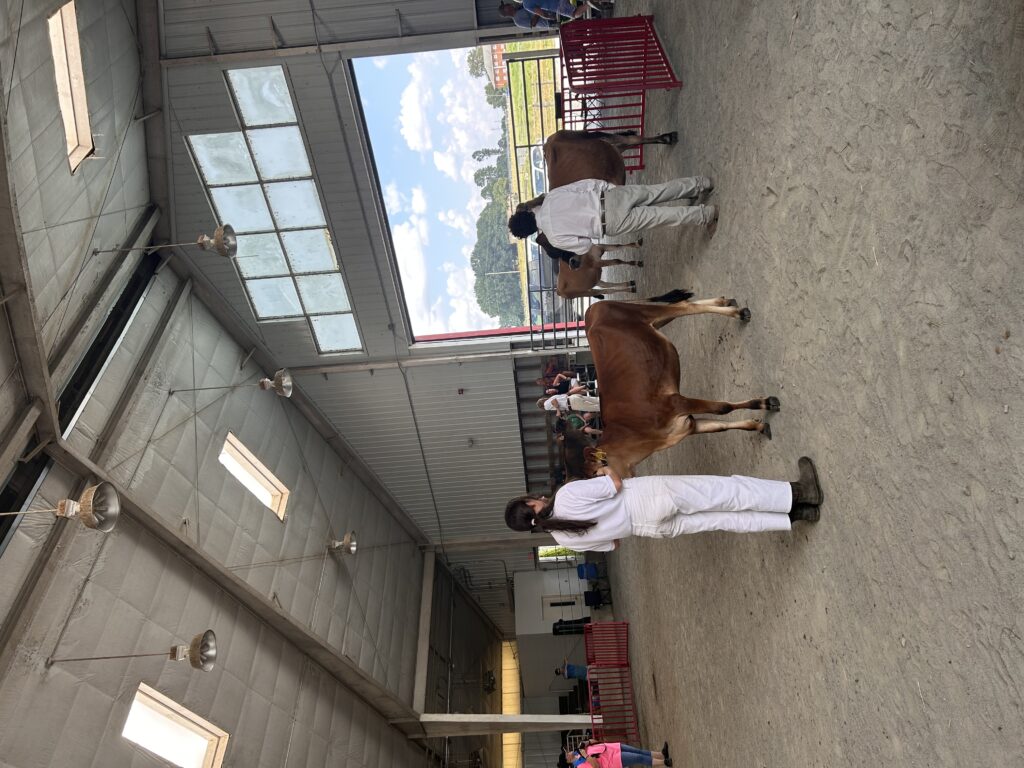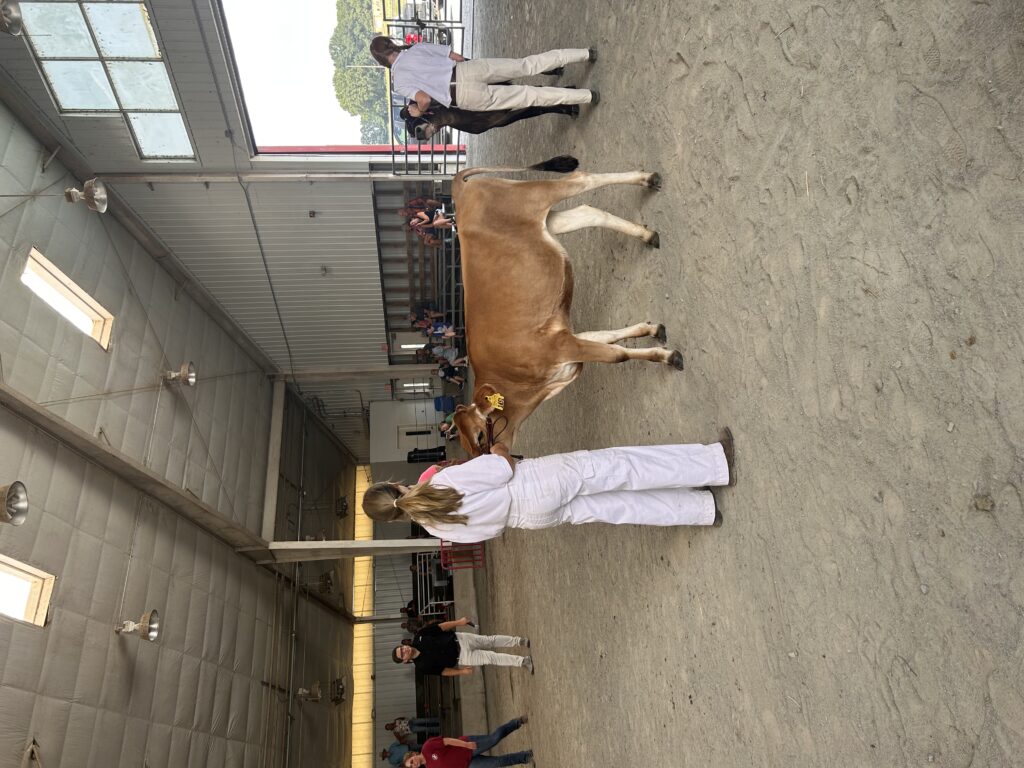2025 Orange County 4-H Dairy Calf Project
go.ncsu.edu/readext?1085058
en Español / em Português
El inglés es el idioma de control de esta página. En la medida en que haya algún conflicto entre la traducción al inglés y la traducción, el inglés prevalece.
Al hacer clic en el enlace de traducción se activa un servicio de traducción gratuito para convertir la página al español. Al igual que con cualquier traducción por Internet, la conversión no es sensible al contexto y puede que no traduzca el texto en su significado original. NC State Extension no garantiza la exactitud del texto traducido. Por favor, tenga en cuenta que algunas aplicaciones y/o servicios pueden no funcionar como se espera cuando se traducen.
Português
Inglês é o idioma de controle desta página. Na medida que haja algum conflito entre o texto original em Inglês e a tradução, o Inglês prevalece.
Ao clicar no link de tradução, um serviço gratuito de tradução será ativado para converter a página para o Português. Como em qualquer tradução pela internet, a conversão não é sensivel ao contexto e pode não ocorrer a tradução para o significado orginal. O serviço de Extensão da Carolina do Norte (NC State Extension) não garante a exatidão do texto traduzido. Por favor, observe que algumas funções ou serviços podem não funcionar como esperado após a tradução.
English
English is the controlling language of this page. To the extent there is any conflict between the English text and the translation, English controls.
Clicking on the translation link activates a free translation service to convert the page to Spanish. As with any Internet translation, the conversion is not context-sensitive and may not translate the text to its original meaning. NC State Extension does not guarantee the accuracy of the translated text. Please note that some applications and/or services may not function as expected when translated.
Collapse ▲For the past two months, 4-H members from Orange and Durham have been working with a set of six jersey calves in preparation for the Central Carolina District Dairy Show in Raleigh, North Carolina. Youth began working with their calves on June 10th and met twice each week, apart for a couple times due to weather. Along with practicing with the calves, they have learned about cattle anatomy, breeds, and what cattle eat and graze on.
At the show, youth participated in both showmanship and type classes with their calves. Showmanship refers to the youth’s ability to show their animal to the judge. They are paying attention to how well they control their animal and their composure. Youth are divided up based on their age or experience level to make the playing field as even as possible. During the type classes, the judge evaluates the animal itself. Type classes are found across all species and they all have their similarities and differences. For dairy heifers, they are looking at frame size and structural soundness.
Orange and Durham participants represented well in their classes. The following are the placings from the showmanship classes.
We are proud of our participants and look forward to having another project next year!







